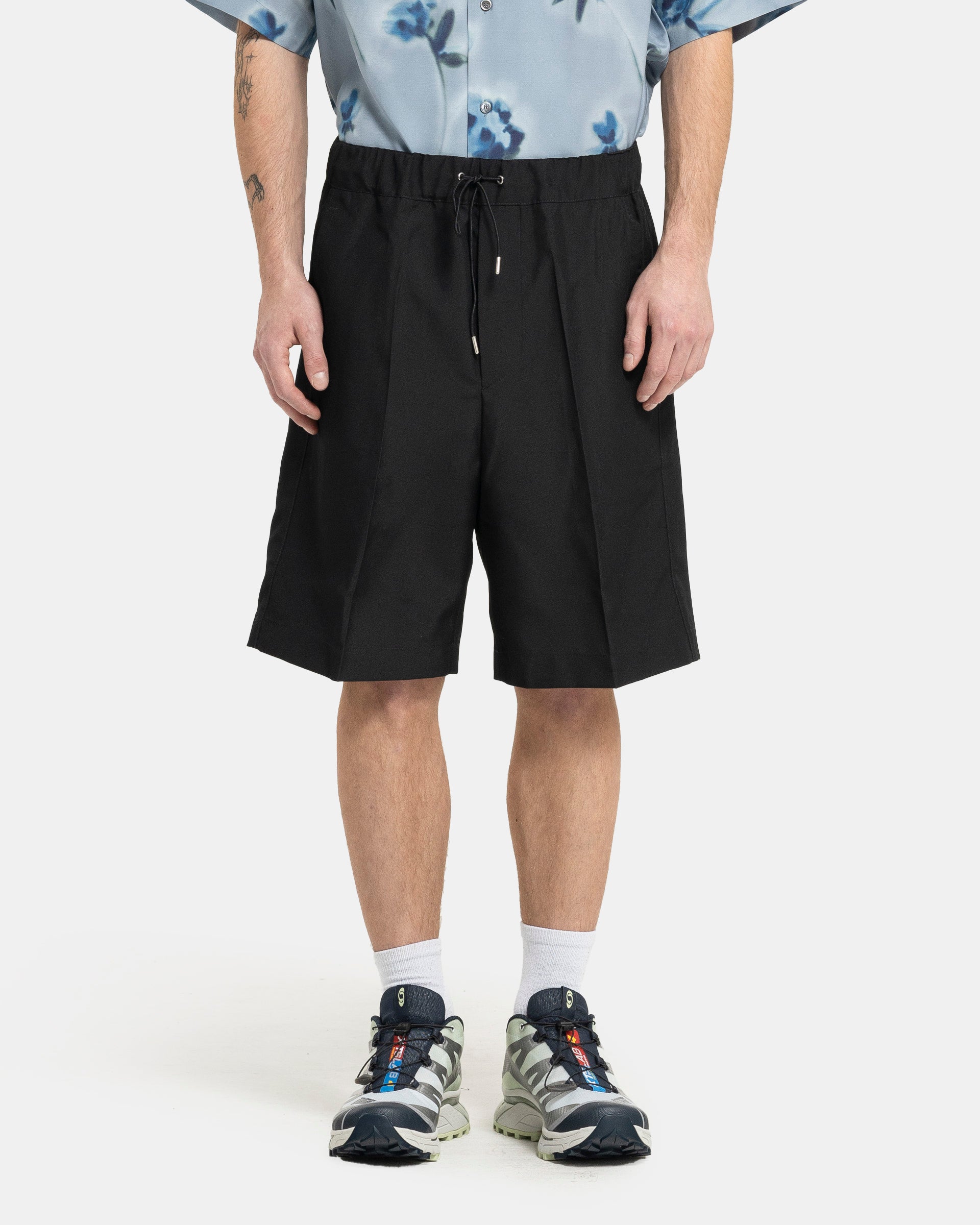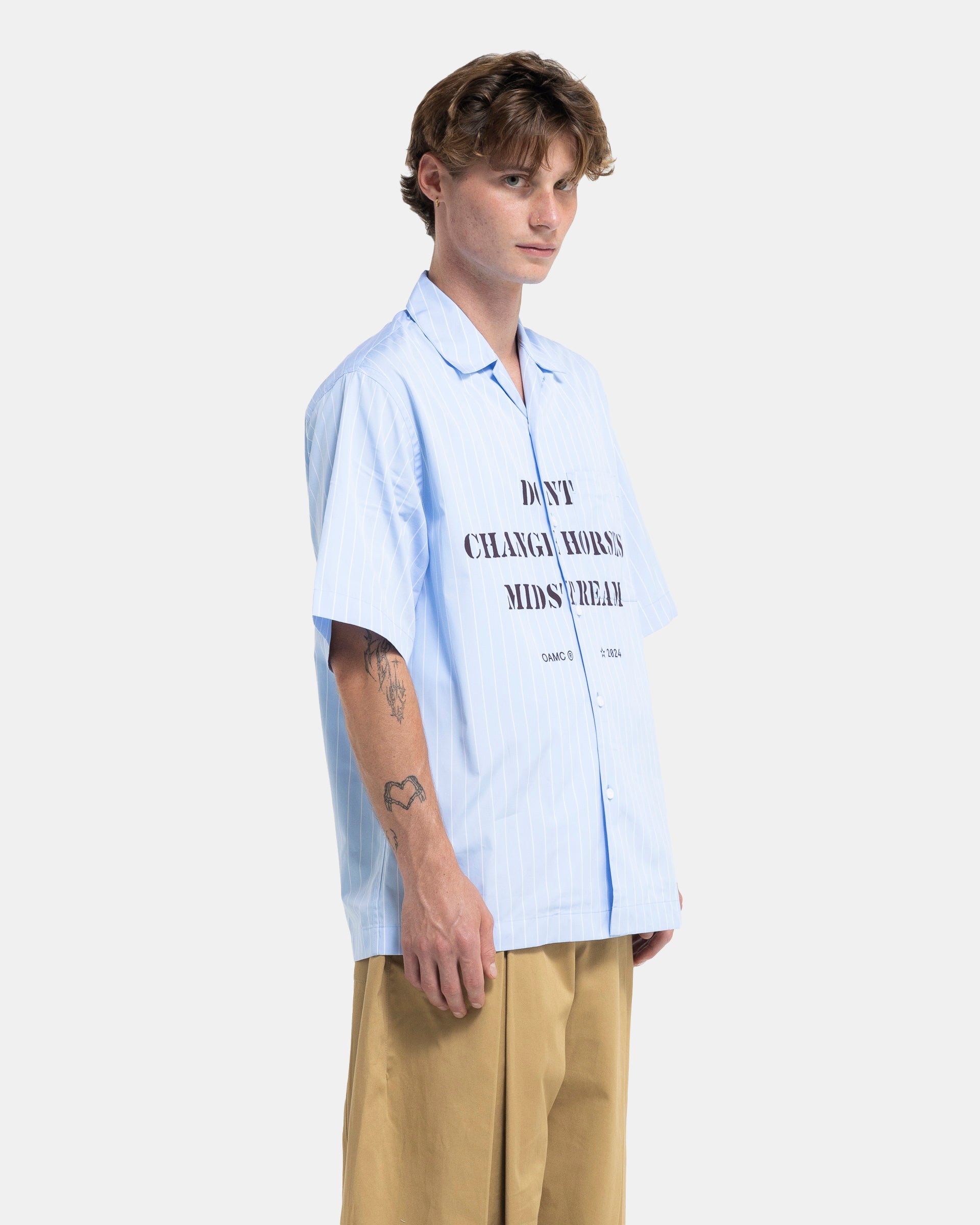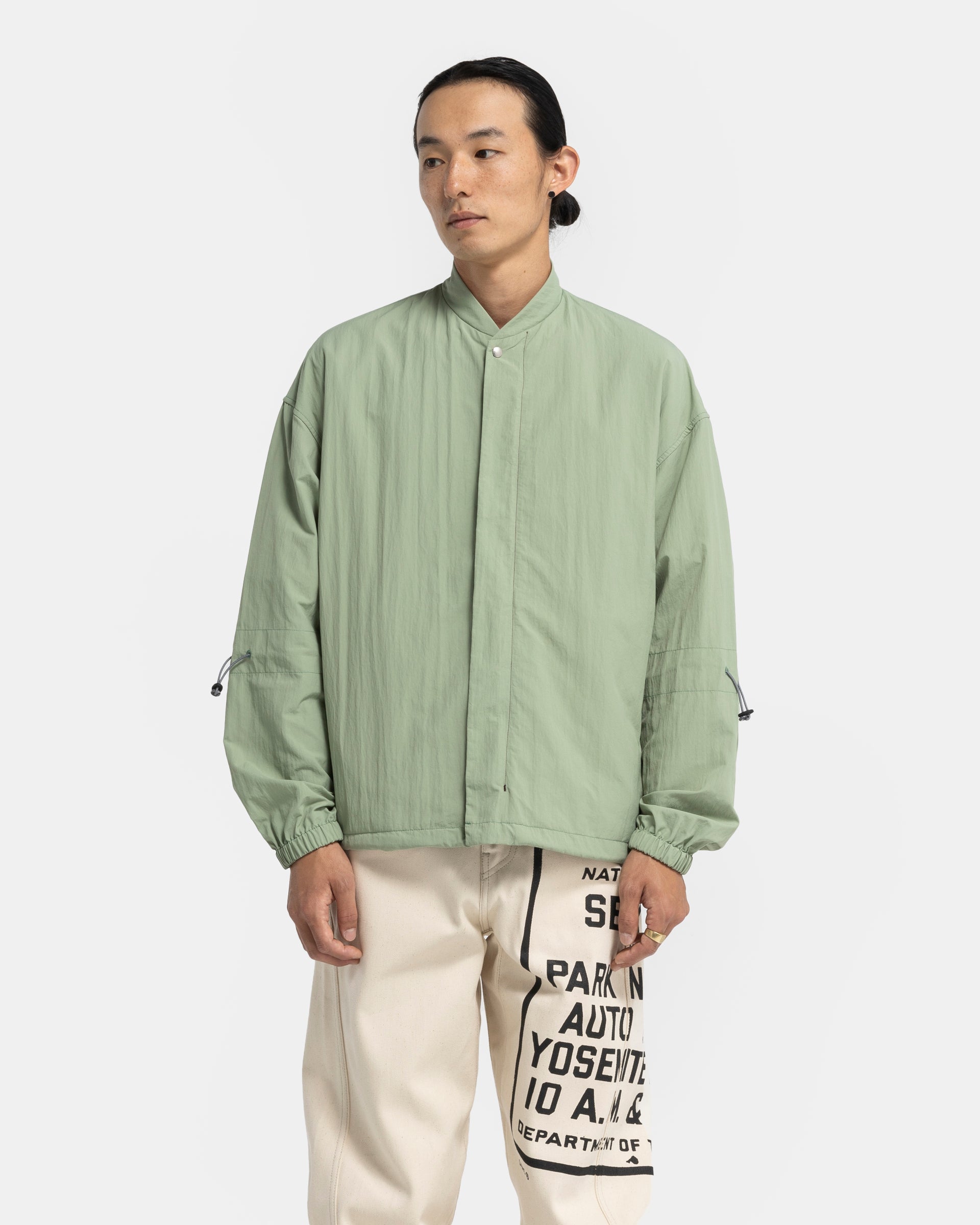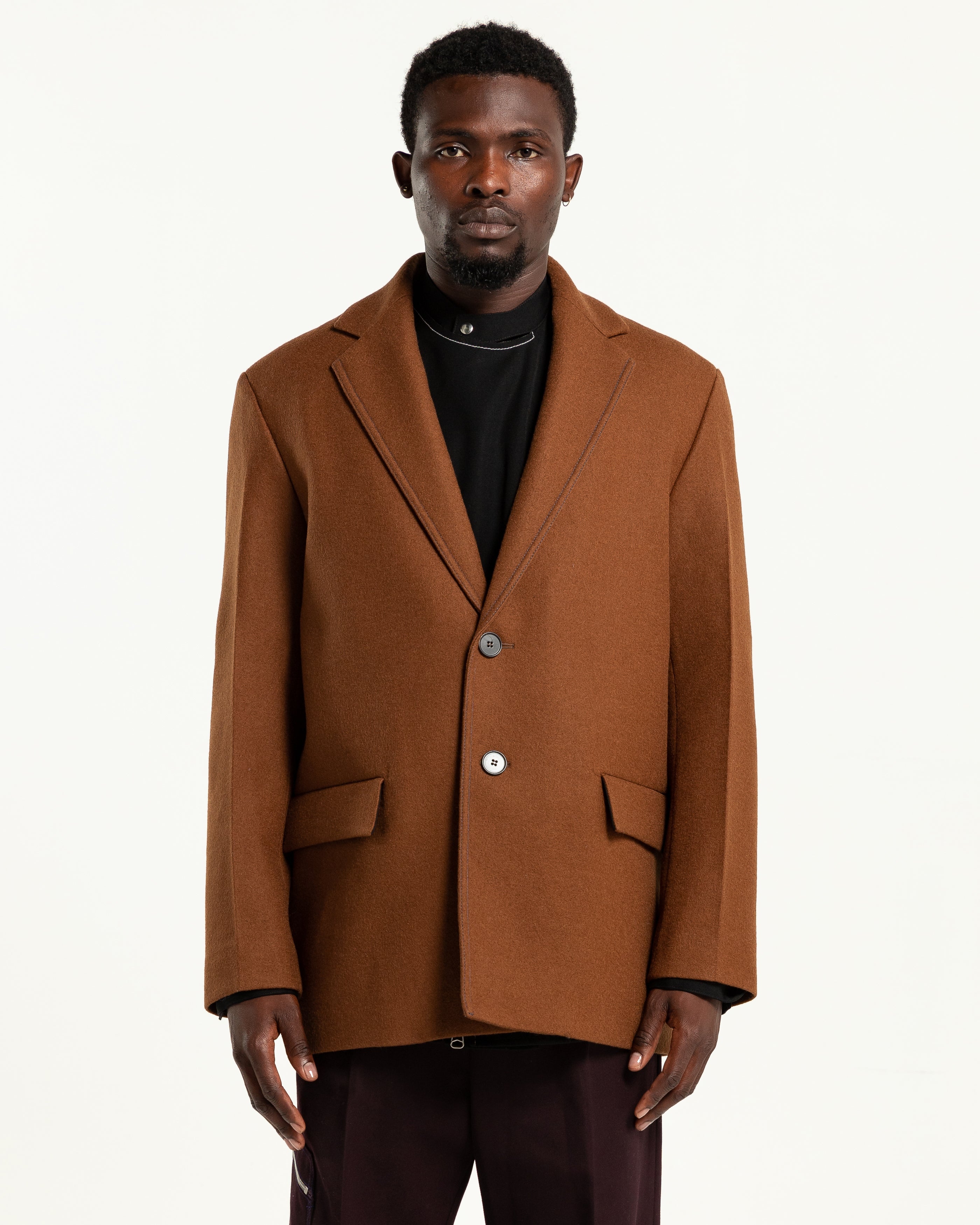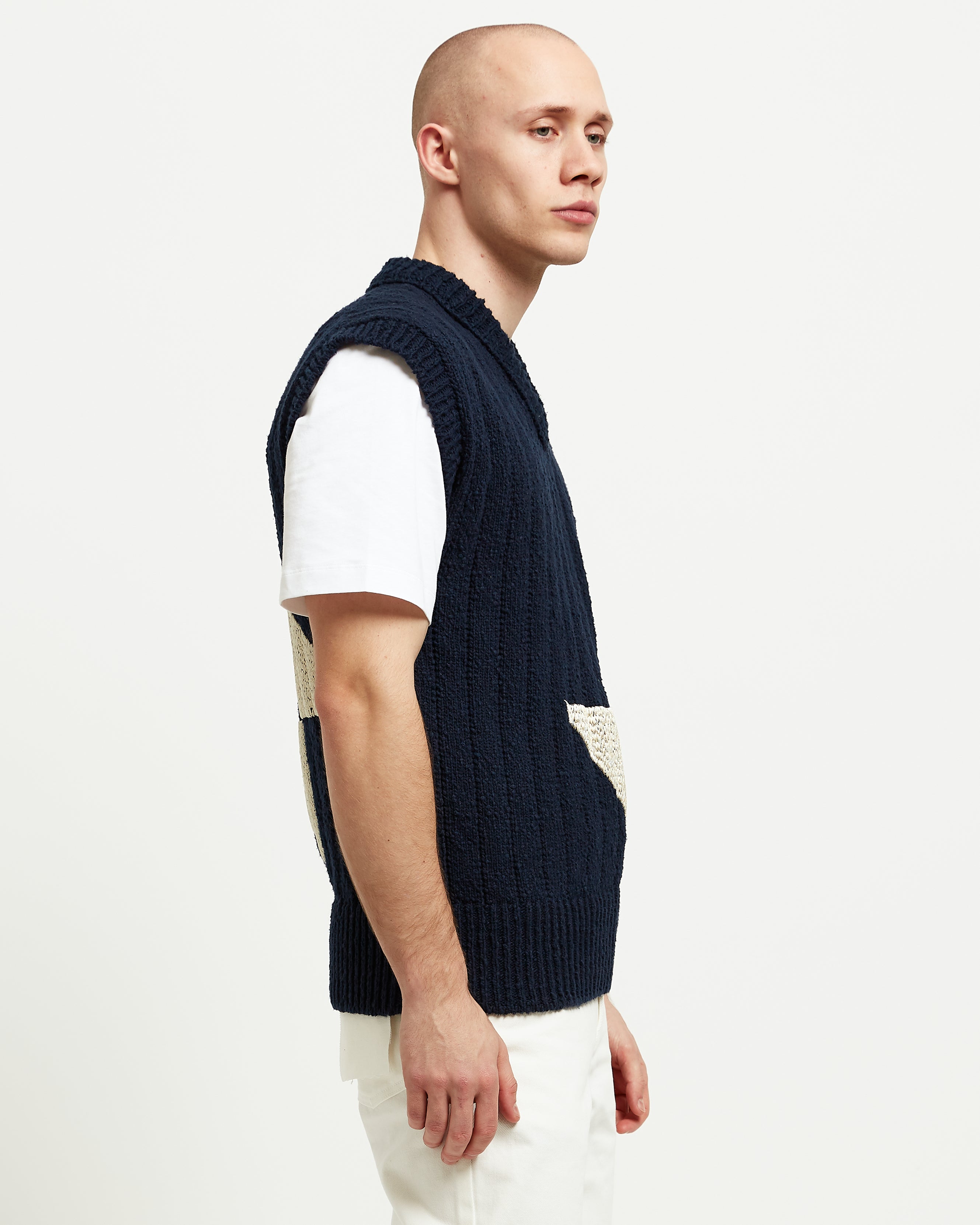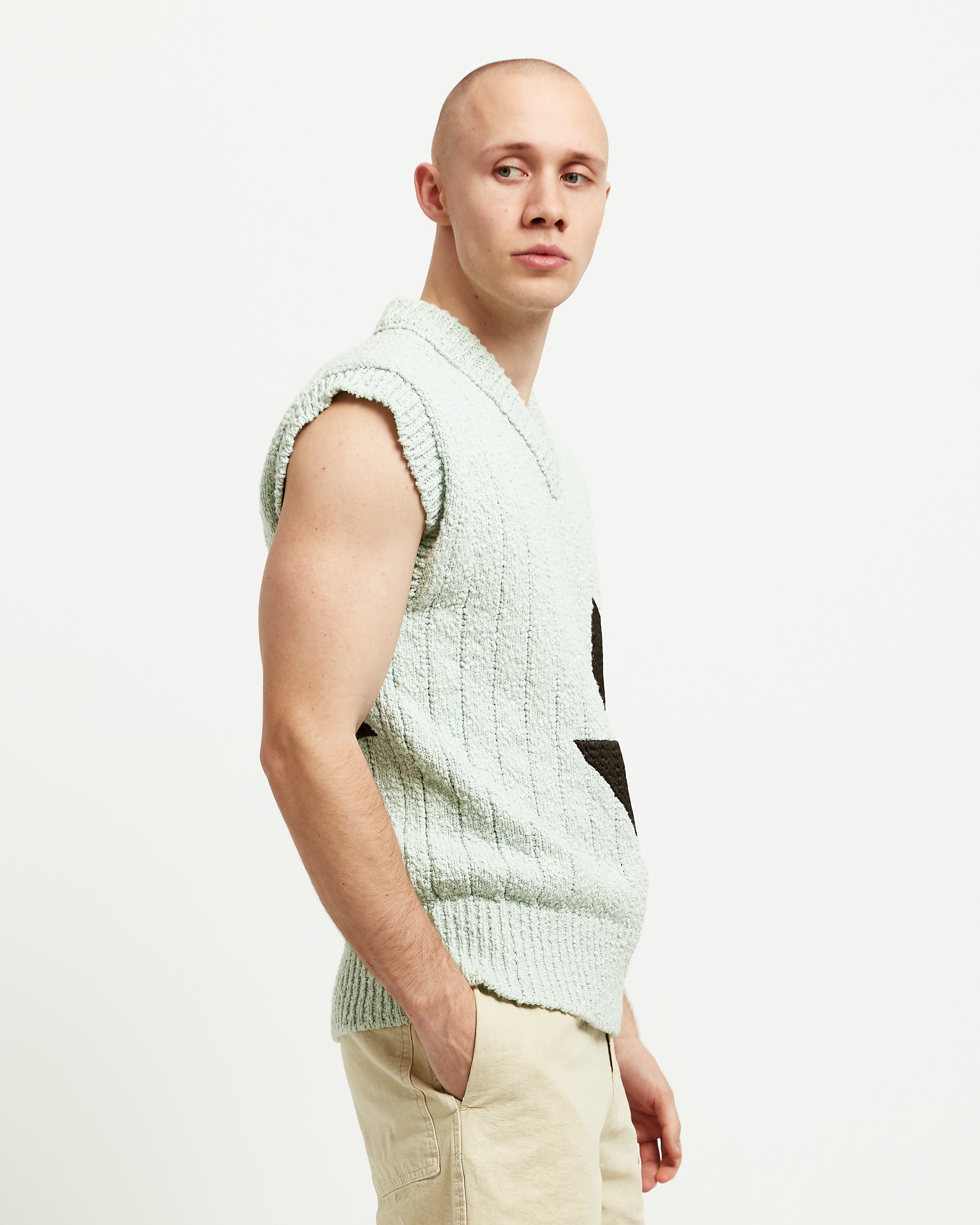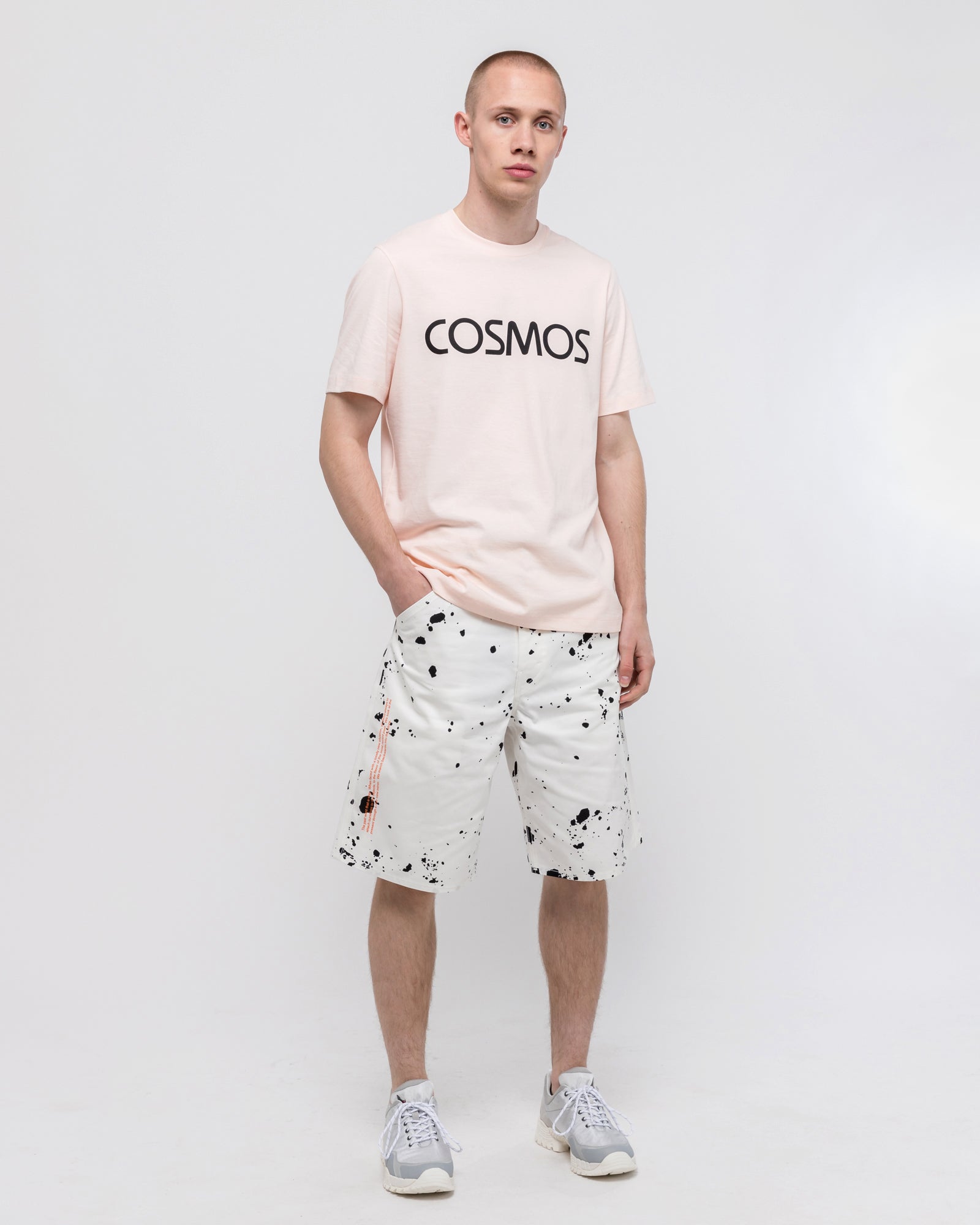Luke Meier OAMC

Luke Meier first began as a student at both Georgetown and Oxford Universities studying business and commerce before shifting his focus to fashion, attending the Fashion Institute of Technology in New York and studying tailoring in Florence, Italy. During his time in New York he was introduced to James Jebbia and assumed the title of Head Designer of Supreme, which he held for 8 years. He helped it grow from a respected cult skate brand to an international fashion label, while ensuring that the brand stayed true to its core values.

Meier stepped away from his full time role at Supreme in 2009, but continued to work on projects for the brand until 2014 when he created his own line, OAMC, and shifted his life to Paris to start the brand. This was done with the help of Arnaud Faeh, whose uncle brought Carhartt Work In Progress to Europe in 1994. Meier was also recently named, alongside his wife Lucie, as Co-Creative Director of Jil Sander. From this trajectory, it is clear that Luke understands not only how to succeed commercially in the fashion world, but how to do so in a way that positively and authentically contributes socially and artistically.
OAMC is more difficult to concisely summarize. Starting in 2014, the brand’s acronym meaning is temporary by design and is meant to reference the inspiration for each season’s collection. As an example, the Fall 2016 collection focused on the militarization of society, and OAMC stood for “Oscar Alpha Mike Charlie”. OAMC’s aesthetic, from our perspective, is one that emphasizes technical detailing and ultramodern aesthetics and in just a few seasons, OAMC has solidified its place as a respected luxury menswear brand.
In Fall 2017, the line continues to explore sociological themes and present them through Luke’s lens. Drawing inspiration from secret societies and special access institutions, the collection references elite forces, religious groups, and Greek mythology throughout. As for OAMC itself, the new meaning is “On A Midnight Clouded”, an homage to both Aleister Crowley as well as Harpocrates, Greek God of silence. The collection was shown at the Faculté de Pharmacie at the University de Paris Descartes, as a subtle nod to academia’s own prestigious groups.
Our interview with Luke Meier, below, is meant to interrogate Meier’s leading-edge design approach and uncover the nuanced themes surrounding OAMC.
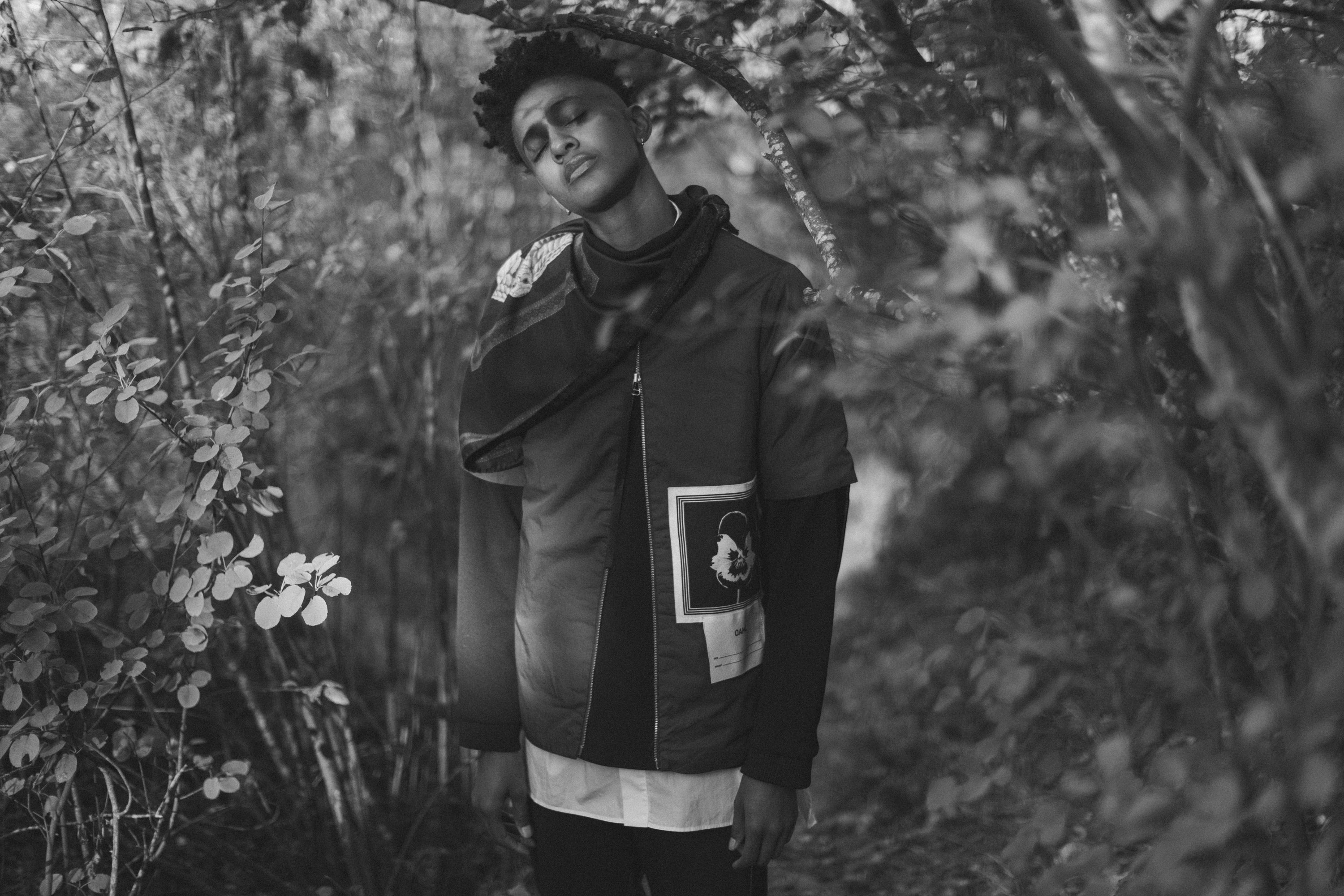
Roden Gray: The collection seems to invoke the ways in which people are capable of entering “special access” groups or situations. What conditions allow one’s access?
Luke Meier: The collection began as a personal study of tailoring. Do I need this type of clothing? While questioning this, I thought about the codes that tailoring represents: formal occasions, a specific way to present yourself to gain acceptance, to gain access. While I was working on the collection, there was a lot of police violence in the media (before and since, no doubt, but there seemed to be more than usual in that particular moment). I kept seeing images of SWAT teams and special forces in tactical gear, and it really made me think about uniform. The parallel between urban military uniforms and tailoring was interesting to me because they both center around the ideas of access and acceptance. Gaining access through force or through uniform. And both of these ideas seemed very dark to me, sinister.
RG: There are a number of themes presented throughout the collection that imply secrecy and silence. Is there a social space that represents this atmosphere? Should such a space be subject to subversion and opened to others—or do you appreciate the exclusivity?
LM: I don't think that there is one space in particular. I think it's interesting to look at the associations in society and how, on all levels, there are codes of conduct and secrecy, from the top to the bottom. Some are there to hide things, some are there for protection.
RG: One of the collection’s major themes circles around Aleister Crowley and The Cult of Thelema. Furthermore, you include the Horus symbol in a number of pieces.
LM: I was attracted to the symbol of Horus in the Greek context where his connotation as a child (Harpocrates) is the god of silence (Omertà).

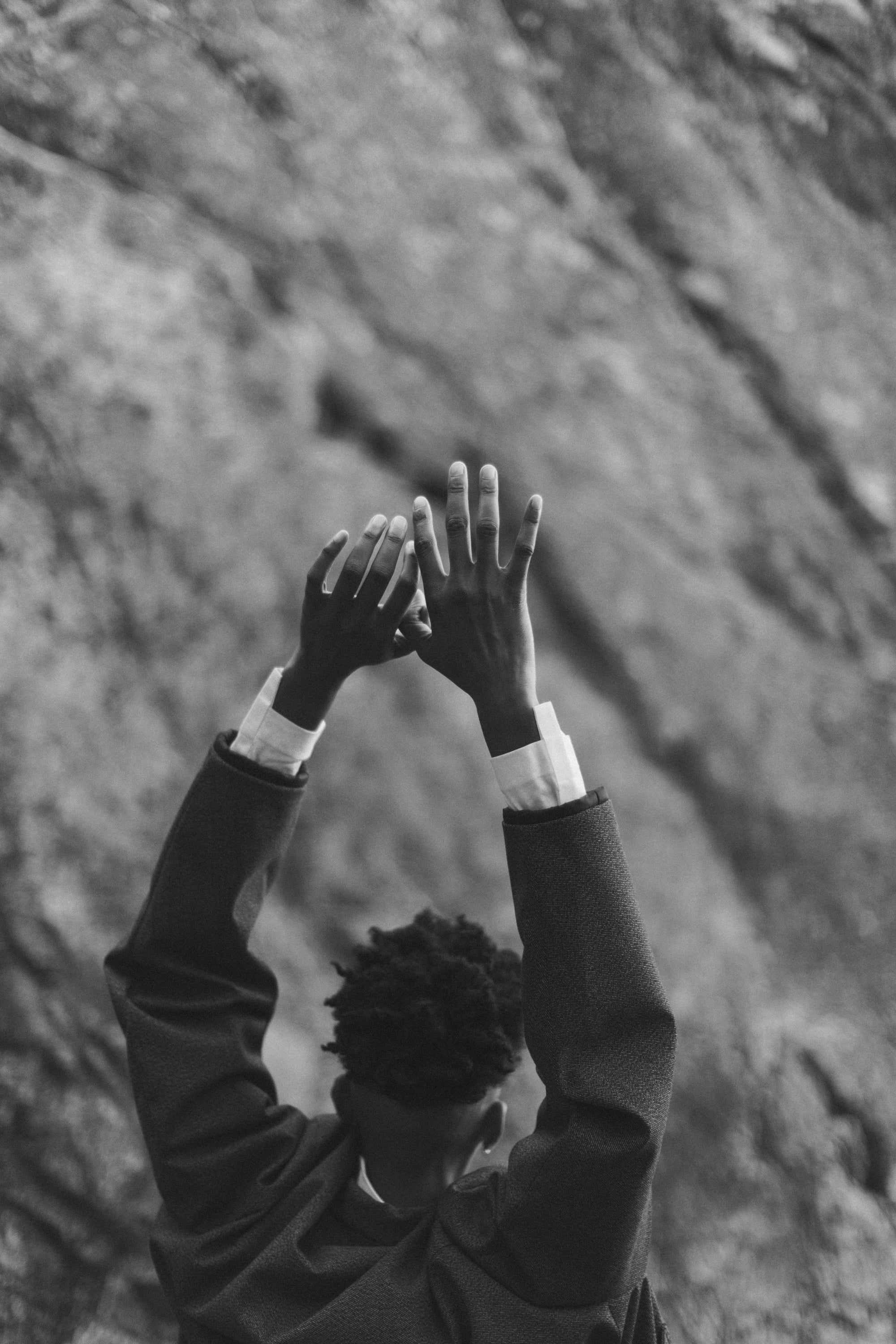

AD: You presented the collection at the Faculté de Pharmacie at the University of Paris. Does the university as an institutional space share any of the qualities evoked by your collection?
LM:Yeah. It's all about acceptance and access. You're trying to climb the pyramid and it only gets more difficult to access the higher you go. I think that the University environment is a person’s first tangible experience of this concept. Selection and acceptance.
RG: We had some trouble deciphering the imagery in the collection. Can you elaborate on the swordfish tee and the relevance of the third eye on Lumière? Are there other hidden symbols?
LM: Swordfish is one of the earliest and most prevalent passwords used by some of the most infamous speakeasies, early computer programmers, authors, films. It originated with Groucho Marx. The third eye on Lumière is all about a third eye on a candle. Get it?
RG: One of the things I love the most about the collection is your philanthropic approach. What inspires the images and silhouettes? Do you have any specific charities or causes to which you are the most devoted?
LM: If we could work with hundreds of charities we would. We select garments that we think will do well commercially for these projects because we want to achieve a good result for each charity we work with. There are so many things that are necessary to support and fight for on this planet. Luxury clothing is just that - luxury. We should all remember to keep priorities in line. If we can afford luxury, give to those who can't.
RG: Is there a limit to what OAMC will subvert or represent in seasonal concepts? Essentially, areas of social life that may be considered too taboo?
LM: Absolutely not.
RG: Do you think that growing up in Vancouver had an effect on your personal evolution?
LM: Absolutely. Vancouver had interesting scenes when I was living there and the city has a high level of consciousness. There were (and are) a lot of people there who just get it. Music, skating, snowboarding, art, film. The city was always ahead of the curve—the way new ideas were adopted there. I feel fortunate to have experienced the city and its people when I was young. It still feels like home when I go back. That said, I have lived in many cities and traveled extensively which I can't discount either. All experience brings you to your present awareness.
RG: In regards to OAMC’s philosophy, why is it important to change up the name’s meaning with each season? Will you eventually settle on an acronym that ‘rings true’ to the brand’s ethos or is that ethos change itself?
LM: The seasonal changes are simply snapshots of where my head is at those particular times. OAMC is a progression, not a static company. I can't say for certain what will happen in the future, but I am always curious and I want to keep exploring different ideas, so variation will continue.
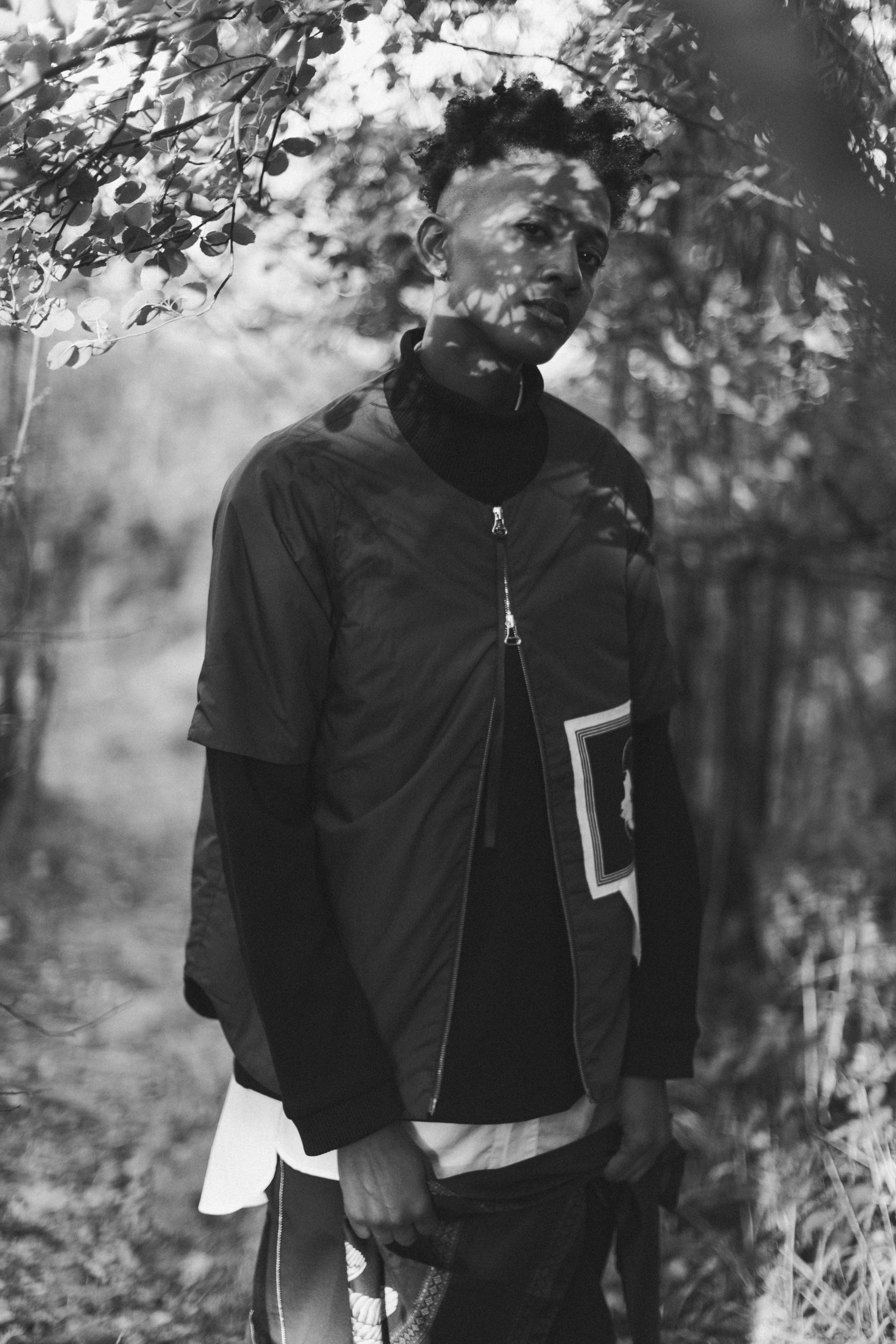


RG: You seem to focus just as much on social commentary as you do presentation. How have you come to identify fashion as a mechanism critique and do you feel drawn to other mediums?
LM: It's my present medium so it's my outlet for expression. However, my first intention is always to design a piece that is high-quality and aesthetically relevant. The secondary intention is to convey a commentary, a meaning, a thought. Something more that provides a context for the progression of the season. I'm not interested in simply making a product. I want people to respond to it. Of course the piece should be fresh, but I like to add layers. I'm drawn to many mediums but right now my focus is on OAMC and Jil Sander.
RG: It was hard to find information regarding yourself. Do you think that one's past is unimportant so long as they're capable in the present, or do you think that you would not be who you are today had it not been for certain opportunities?
LM: The past is important. Without life experiences you can't have a relevant perspective.
RG: How do you think the fashion world is changing? Can this change be attributed to transformations in technology and culture?
LM: It's more democratic now. All access, real time. But fashion, as an industry, is becoming more and more like entertainment. This isn't interesting to me. I appreciate a strong point of view, not something that tries to please everyone.
RG: Looking at your recent collections, it seems as though OAMC is focused on presenting niche concepts encompassing literature, philosophy, and social theory through strategic aesthetic choices. What is your motivation? Why not focus on technical capacity rather than high concept?
LM: I think in today's world it is necessary to question things, to think. Of course as a luxury brand we are always thinking about how to make a better product, something that lasts longer, that works better. When necessary, the technical capabilities will be there and will only improve. What I'm more interested in now is why we make what we make. What does it mean to people, how does it make them feel when they see it or use it? It's not about concept, it's about communication. Peace, access, feelings of isolation in today's society. They are all relevant ideas that are there to continue the dialog.
We at Roden Gray thank Luke for taking the time to respond to our questions. We wish him and his wife Lucie the best of luck in their future creative endeavours.

Photography by Jeremy Lee
Text by Adam Danyluk and Jacky Huang
Styled by Jacky Huang








